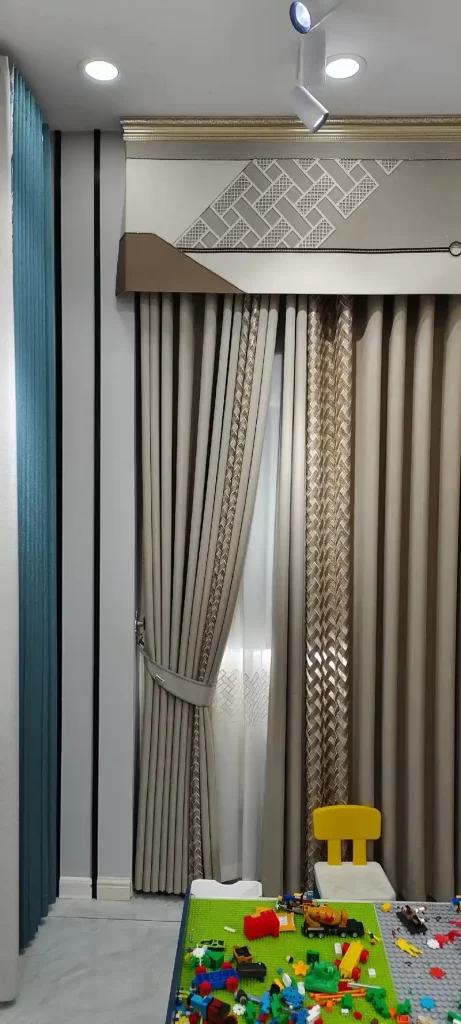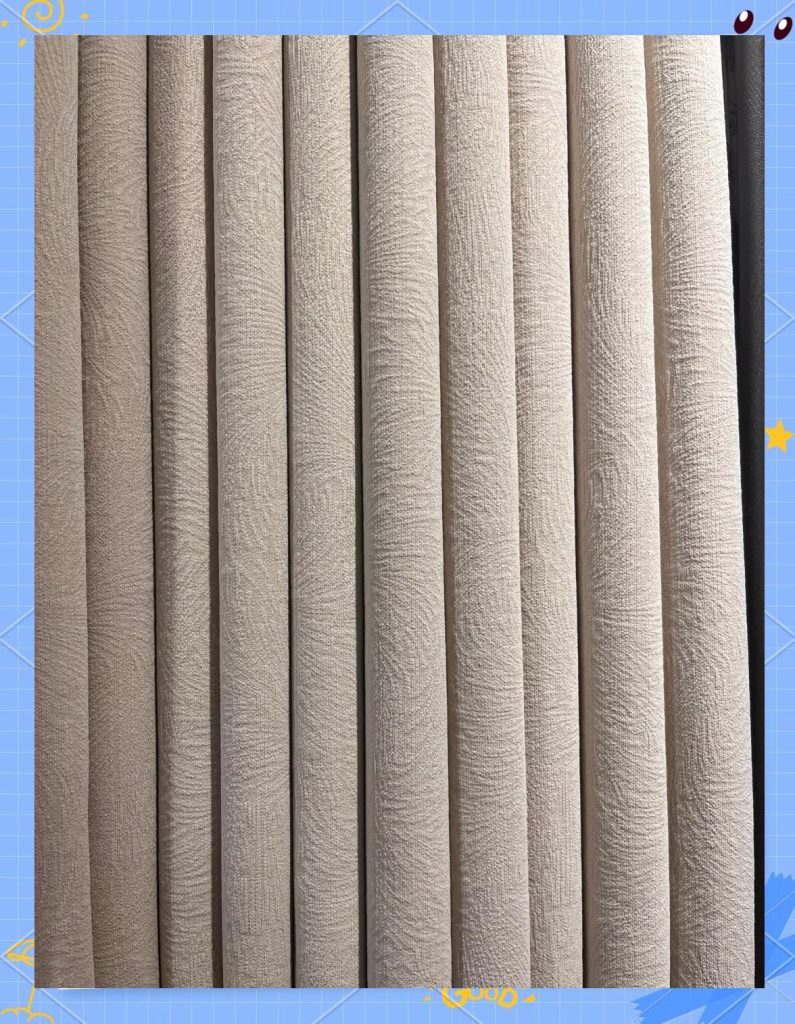

I still remember the first curtain I ever made—for my grandmother’s kitchen. It was a simple linen panel, hemmed unevenly (her hands shook, she joked, “from too much tea and too many cookies”). She hung it herself, then stood back, squinting: “It softens the light, but lets me watch the sparrows.” Decades later, that curtain still hangs there, frayed at the edges but loved. That’s when I realized: curtains aren’t just window dressings. They’re quiet confidants, holding space for the messy, beautiful rhythm of home.
It Starts With a “Tell Me More”
Every order begins not with a measuring tape, but with a conversation. Last month, a client called, hesitant: “I need curtains for my home office, but I hate feeling boxed in.” I asked to visit. Her window faced a brick wall, but she’d painted the room soft yellow, with a shelf of succulents lining the sill. “I want to feel focused,” she said, “but not trapped.” We ended up with linen curtains in a muted sage—sheer enough to blur the brick into a warm blur, weighted at the hem so they pool just so, framing her plants like a gallery. Now, she emails: “I stare at those curtains when I’m stuck. They make the room feel bigger, somehow.”
Or there was the young family with a newborn. Their nursery window overlooked a busy street. “We need quiet,” the dad said, “but also… joy.” So we layered: a voile outer panel (to diffuse street noise) lined with a cotton flannel that glows like sunrise. The mom later called, voice thick: “On hard nights, I pull the curtains tight, and it feels like a hug.”
These aren’t just “successful projects.” They’re proof that listening—really listening—to what a space feels like, not just what it looks like, changes everything.
Fabric That Grows With You
Walk through our storage, and you’ll hear us talk about bolts like old friends. “This organic cotton? It wrinkles, but in a way that looks lived-in—like it’s been slept in, laughed in, lived in.” “That Tencel? It breathes, perfect for a humid climate where AC battles humidity.” We’re not just selling cloth. We’re matching textures to the story of a home.
Take a client with severe dust allergies. She needed curtains that wouldn’t trap allergens but still felt cozy. We sourced hypoallergenic cotton, untreated with harsh chemicals, and added a hidden magnetic closure (no dusty Velcro). “My son can finally sleep through the night,” she wrote. “Thank you for making his room safe and soft.”
Sustainability, to us, is personal. We partner with mills that reuse dye water, source flax from farms that rotate crops to keep soil healthy, and pay artisans fairly. When a client asks, “Is this eco-friendly?” we don’t cite stats. We say, “The hands that wove this? They’re part of a co-op in Portugal. This curtain carries their pride—and the sun’s warmth.”
Custom Isn’t a Trend—It’s a Conversation
“Can you make curtains for my circular window?” “What if I want the pattern to wrap around the corner?” These aren’t chores—they’re puzzles to solve.
For a client with a bay window that jutted awkwardly into her living room, we drafted a curved heading that followed the window’s shape, eliminating bulky seams. For a café owner wanting “inviting but not intrusive” curtains, we chose a sheer linen with a subtle stripe—light enough to let in afternoon sun, structured enough to frame the street view.
One of my favorites? A couple restoring a 1920s farmhouse. They wanted curtains that felt “timeless, not trendy.” We hand-stitched linen panels with a faint, homespun texture—no zippers, no plastic rings. Now, when they host dinner parties, guests ask, “Where did you find those antique curtains?” They laugh: “They’re new. But they feel like they’ve always been here.”
More Than a Supplier—A Keeper of Memories
The best part of this job? Watching curtains age with grace.
There’s the artist who bought raw silk for her studio—now framing it with hand-painted borders, saying, “Your curtains inspired me to create.” The retiree who texted, “My curtains survived the move—can you recommend a lining for my new sunroom?” We don’t just sell and vanish. Frayed hems? Mended free. Faded color? Advice on professional dyeing. Even a quick note: “Saw this oatmeal linen—thought of your kitchen’s warm tiles.”
Final Stitch: Curtains as the Soul of Home
In a world of disposable decor, curtains are different. They’re there when you wake, kissed by morning light. They’re there when you unwind, softening the glow of streetlamps. They hold the scent of rain, the sound of laughter, the quiet of a snow day.
We don’t make curtains. We craft companions. Pieces of cloth that learn your rhythms, honor your memories, and turn a house into yours.
So whether you’re dreaming of billowy sheers that dance with sunrise or heavy drapes that hush a busy street, know this: when you reach out, you’re not just buying fabric. You’re inviting someone who cares to help you weave your window—and your story—into something beautiful.
After all, the best curtains? They’re the ones that make you look up and think, “This was made for me.”
Article link:https://www.vlefooena.com/the-quiet-magic-of-curtains-crafting-fabric-that-fits-your-life

No reply content